Enchanting Hue is one of Vietnam’s most overlooked destinations. Imperial opulence, colonial relics, and picturesque landscapes set the scene for a sensory-rich getaway. Hue residents are proud but warm, eager to share their exceptional cuisine and the city’s monumental history with visitors.
This three-day itinerary will show you the top highlights, plus some little-known neighbourhoods, rarely-visited attractions and local eateries. Grab a map and enjoy!
Day 1 - Street Scenes, Hue Citadel and Imperial Tombs
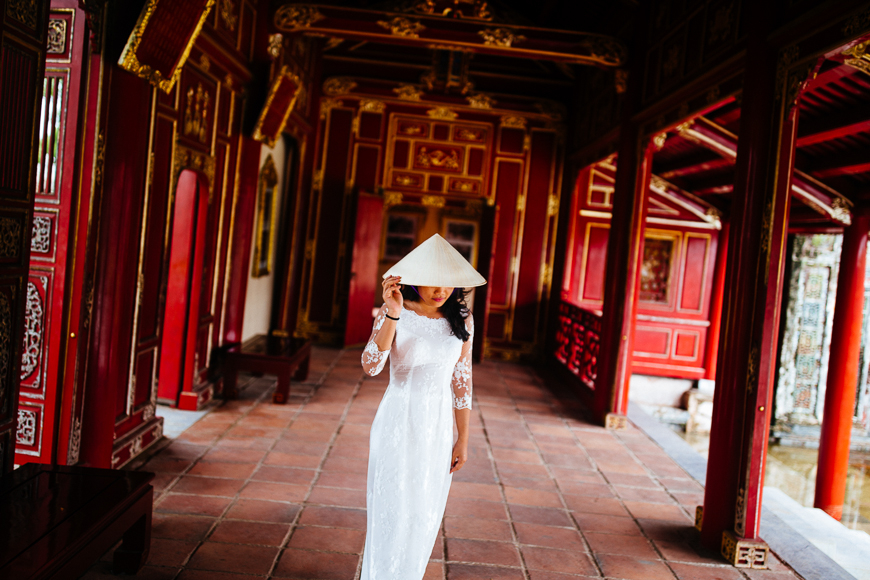
Morning – Set off early on your first morning to explore the Hue Citadel. As early as you can, take a bicycle or cyclo and venture into the enticing streets surrounding the Imperial City. Photoworthy stops include Nguyễn Văn Trỗi park and Hiển Nhơn gate, tranquil Tịnh Tâm lake, and the twin ponds of Tấn Miếu and Võ Sanh, where pink lotus flowers bloom from April to July.
TIP: Cafe lovers might like to check out Then Café, a contemporary art space-cum-café, and Bình An Đường Café, which overlooks the Imperial City moat.
Finish your route at the entrance to the Imperial City, a magnificent walled area of tree-lined avenues, parks and canals crossed by ancient bridges. You’ll get more out of your time here with the aid of a guide. You’ll get more out of your time here with the aid of a guide so consider arranging one at your hotel to meet you there. Exploring the royal courtrooms, administrative buildings and religious structures of this UNESCO-listed site takes around two hours.
Lunch: Scope out Hue’s famed vegan food at the idyllic Ngự Hà Garden, or for something a little more upmarket, try Les Jardins de la Carambole.
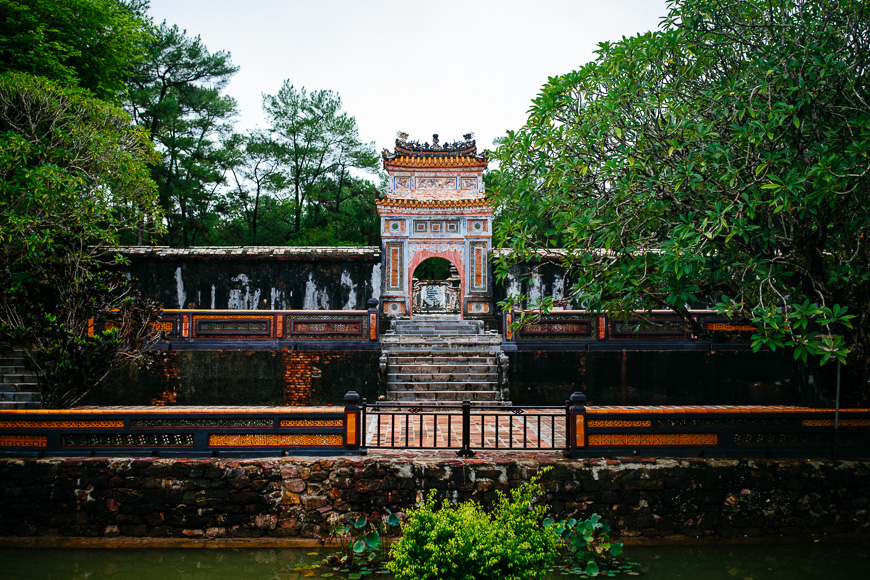
Afternoon – After resting from your morning jaunt, it’s time to encounter Hue’s legendary royal tombs. The tombs can be reached by boat, car, motorcycle or even bicycle if you’re up for it. All seven royal tombs offer something special. Rather than trying to visit them all, select two or three that appeal most and take time to absorb these singular structures. Here’s a quick rundown:
-
The remote tomb of Emperor Gia Long is the oldest, the most haunting, and the least visited.
-
Emperor Minh Mạng oversaw great expansion to his empire, and his large, ordered tomb is a representation of military might, successful conquest, and cultural conservatism.
-
Emperor Thiệu Trị shared his father’s staunch conservatism and there are clear similarities between his tomb and his father’s.
-
Emperor Tự Đức was a passionate poet, and his beautifully landscaped tomb blends harmoniously with nature.
-
The tomb of Emperor Dục Đức is within the city limits and is a good option if you don’t want to venture too far, but is also the least grand of all the royal tombs.
-
Emperor Đồng Khánh rests in a well-preserved tomb occupying a quiet hill with glorious countryside views.
-
The tomb of Emperor Khải Định tends to split opinion with its striking blend of Eastern and Western styles.
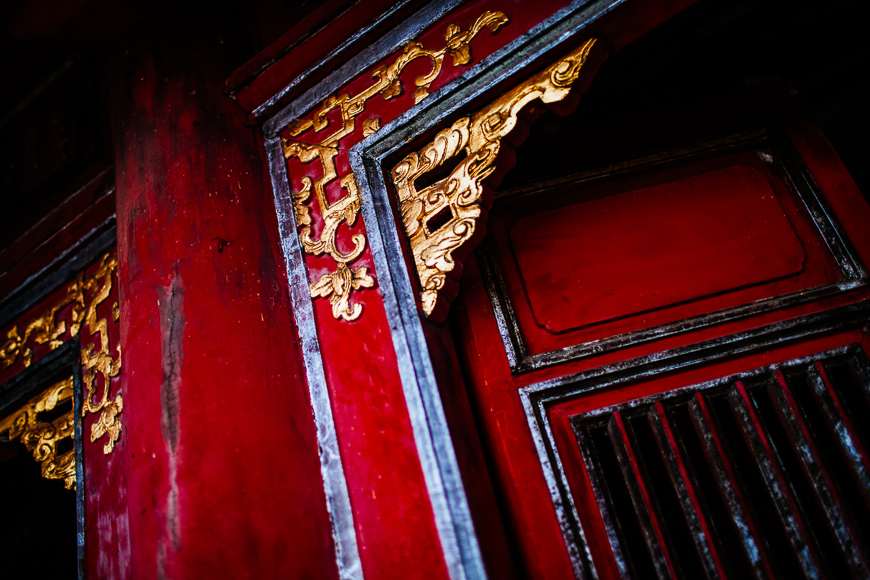
TIP: Tự Đức, Minh Mạng, and Khải Định tombs see the highest number of visitors, whereas you’ll likely have the Gia Long, Thiệu Trị, Dục Đức, and Đồng Khánh tombs to yourself.
After seeing a few tombs, you may want to add a visit to the Nam Giao Esplanade or Từ Hiếu Pagoda — both are memorable, rarely-visited sites full of Hue history.
Dinner: Make your way to Thiên Tâm vegan restaurant or Không Gian Xưa for some traditional Hue cuisine.
Day 2 - Pagodas, Palaces and Garden Houses
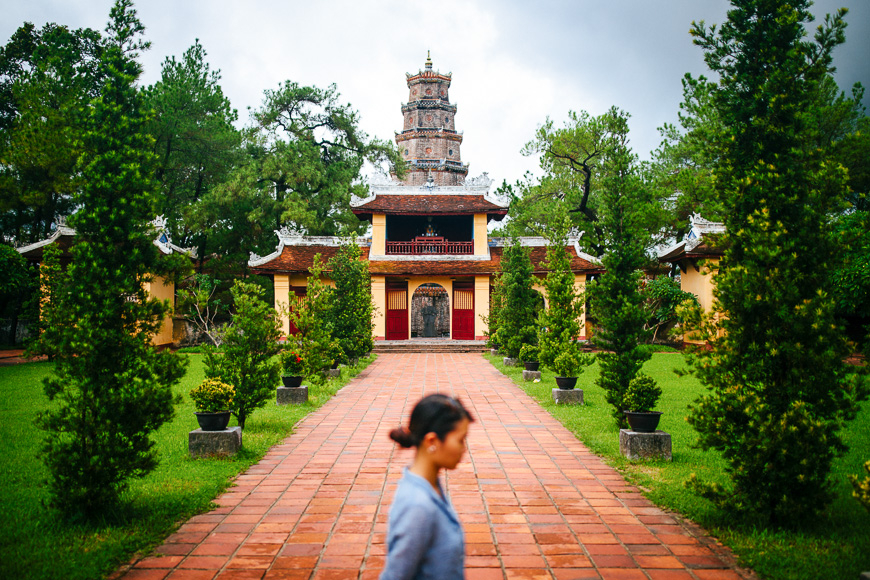
Morning – Enjoy a later start this morning. After breakfast at your hotel, strike out to find the Bảo Quốc Pagoda. This 17th-century pagoda has seen many changes over time, but is still an active place of worship. After checking out the pagoda, stroll down the leafy canal to Bến Ngự Market, poke your head into Phủ Cam church, or stop for a mid-morning coffee at hip Nghĩa Cafe.
Newly re-energized, you'll want to spend the rest of your morning at the must-see An Định Palace, a stunning royal residence built towards the end of the Nguyen Dynasty. If you’re without a guide you can hire one at the entrance on Nguyễn Huệ street.
Lunch: Try Hue’s savoury royal cakes at Bánh Bèo Hương, next to An Đinh Palace.
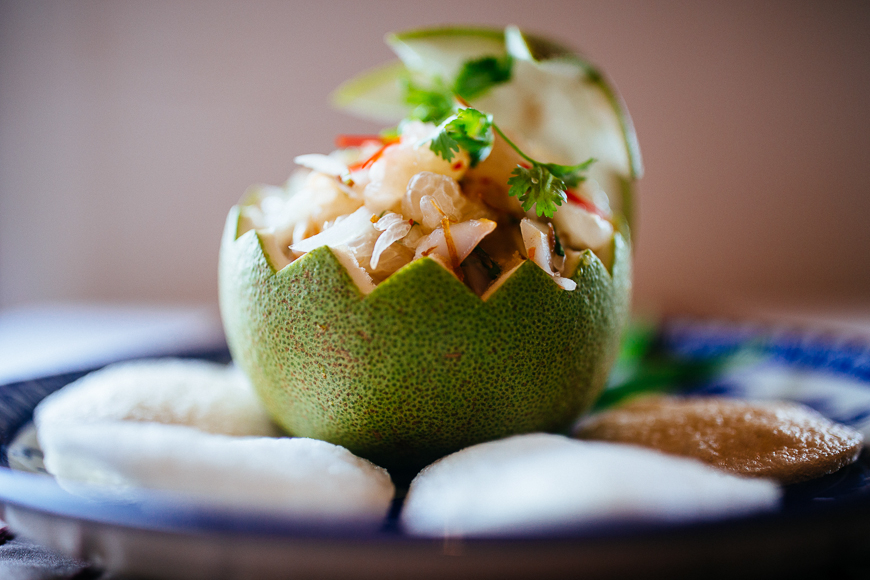
Afternoon – After resting for lunch, it’s time to explore Kim Long, a garden house district north of the river. You’re best off exploring this area by foot, bicycle or cyclo as it’s a wonderful opportunity to absorb Hue’s quiet atmosphere. Allow yourself to get lost down the winding countryside lanes but keep an eye open for the historic garden houses, all of which have signposts. If there’s a sign, assume you can enter no matter how private the house seems. Some are ticketed with English-speaking owners, others are simply ancient homes now open to the public.
TIP: Cung Đàn Xưa Café is a charming French-style garden house selling deliciously sharp passionfruit juices and good local coffee -- when it's open. If you’re lucky, the English-speaking owner will proudly show you around his tidy garden.
Just before sunset, make your way to serene Thiên Mụ Pagoda. Late afternoon is the best time to arrive as the crowds will have disappeared and you can watch the sun gently sink beneath the mountains, painting the sky pink and purple (an excellent photo opportunity.)
Dinner: For your second evening in town, choose between Hue delicacies at Huyền Anh or treat yourself at La Residence Hotel, a restored 1930s art-deco mansion with a sublime fine-dining restaurant near the river. Both restaurants are on your way back from Thiên Mụ.
Day 3 - Hue Beaches, Hến Island and the Chinese Quarter
Morning – Make the most of your final day by getting up early and heading straight to Thuận An Beach. The beach is easily accessed by taxi or motorbike from the city. The road passes over two bridges as well as the scenic Tam Giang Lagoon. At the main beach you’ll meet with a flurry of activity: families, retirees and students out for an early morning swim. Wile away the rest of the morning at the beach, enjoy a seafood lunch and return to your hotel for a rest.
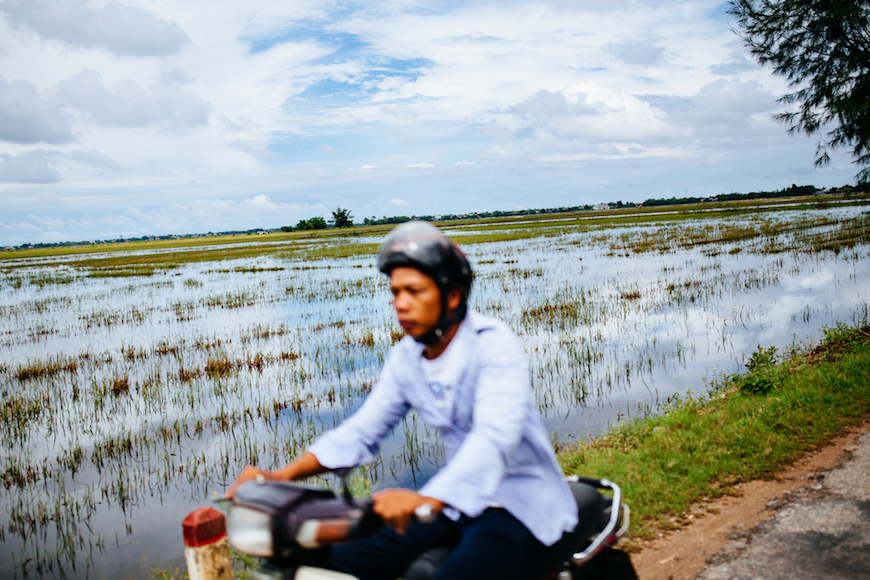
TIP: Thuận An beach is great for the sunrise but there are better, quieter beaches if you head south. Beach Bar Hue occupies a beautiful spot that draws an international crowd.
Afternoon – Discover another fascinating corner of Hue: Hến Island and the Chinese Quarter. Cross Ưng Bình Bridge and you’ll find yourself on Hến Island, a rural corner of the city that completely disappears when the city floods. The island is small and it takes less than half an hour to explore. If you’re feeling hungry, stop at one of the cơm hến or bún hến stalls. Hến means “mussel” and the locals catch this tiny shellfish on the banks of the island.
If you have time, cross the river and seek out Chi Lăng and Bạch Đằng street, looking out for Chinese and Vietnamese shophouses, pretty French buildings, and impressive temples, such as Phúc Kiến Temple or Diệu Đế Pagoda.
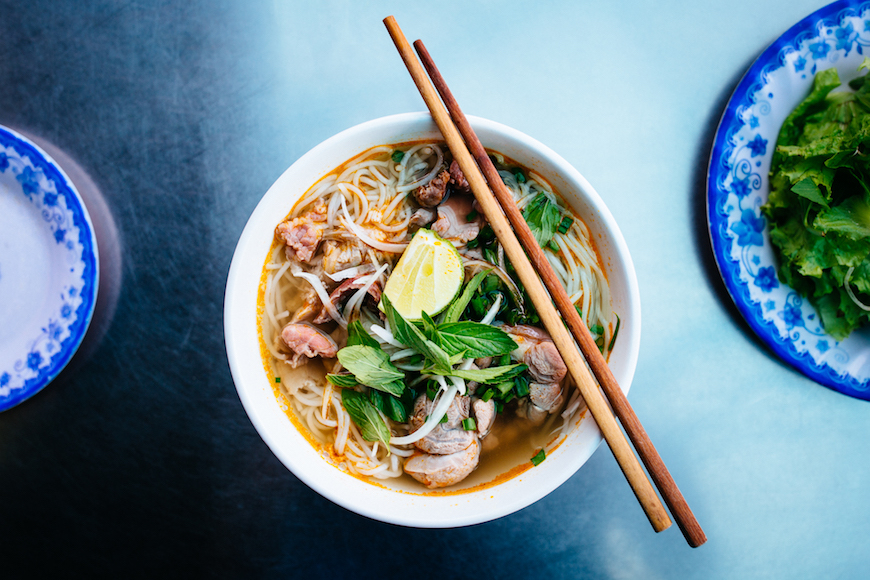
TIP: This is an excellent neighbourhood for some delicious afternoon bites. Gobble up Hue’s signature beef noodle soup at Bà Phụng, or munch on grilled pork rice paper rolls with a sweet peanut and sesame sauce at Bà Tý. To experience Hue’s oldest and most atmospheric café, pull up a seat at Dạ Thảo.
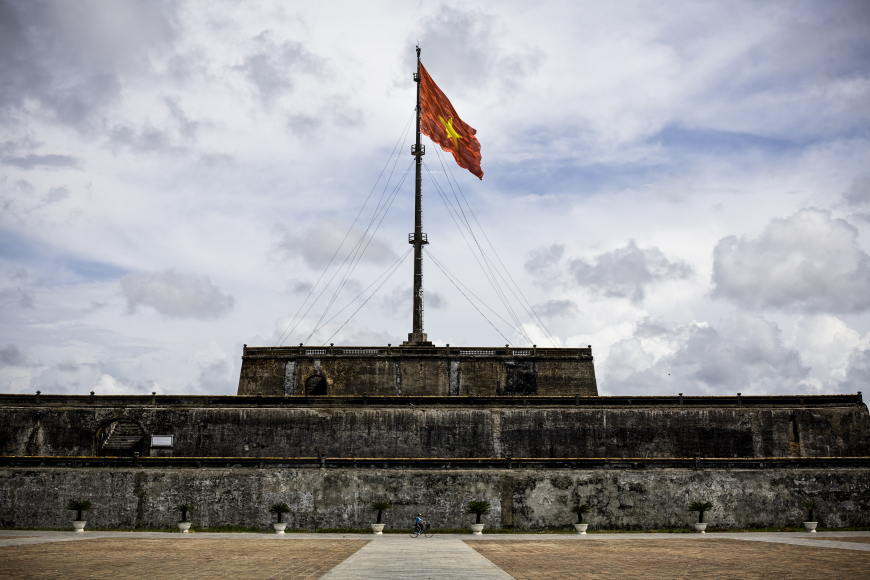
To wrap up your stay in Hue, enter the Citadel and head towards the front gate of the Imperial City that you visited on day one. In the late afternoon this open space is packed with children flying kites and teenagers on skateboards. As the sky fades, lights turn on around the Noon Gate, illuminating the entrance to the ancient city of the Nguyen Kings.